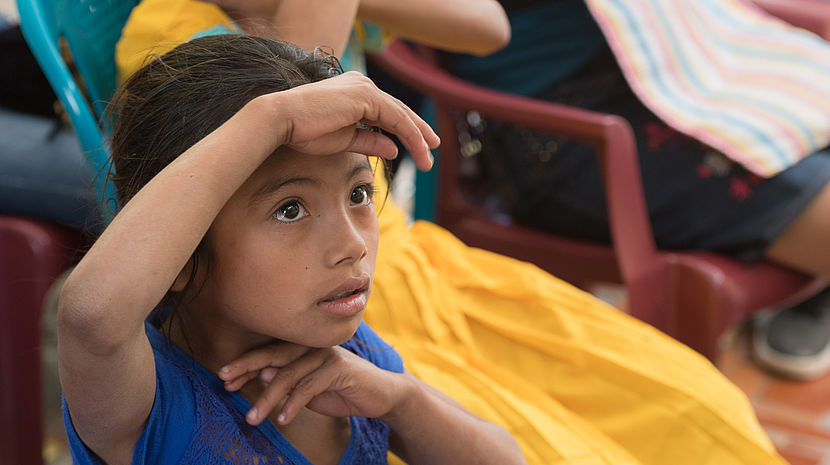Global Accessibility Awareness Day 2015

On 21 May 2015 we celebrate Global Accessibility Awareness Day (GAAD). This day encourages more awareness and action about digital (web, software, mobile, etc.) accessibility and users with different disabilities.
What is accessibility?
Article 9 of the UN Convention on the Rights of Persons with Disabilities states that to enable persons with disabilities to live independently and participate fully in all aspects of life, appropriate measures need to be taken to ensure persons with disabilities access to :
• the physical environment
• transportation
• information and communications, including technologies and systems, and
• other facilities and services open or provided to the public, both in urban and in rural areas
These measures should apply to:
• Buildings, roads, transportation and other indoor and outdoor facilities, including schools, housing, medical facilities and workplaces
• Information, communications and other services, including electronic services and emergency services
A human rights issue
In principle (and consistent with CBM’s approach to disability and development) accessibility is a human rights issue in the sense that every individual has the right to access, full participation and inclusion in society.
Accessibility is a fundamental prerequisite for building an inclusive society where everyone, including all people with disabilities, has the opportunity to participate fully in all aspects of the society. Besides meeting the necessity of physical access to the built environment, it implies, furthermore, that every individual is entitled to equal access to all social, health, educational, economic and cultural facilities, services and institutions.
Consequently, the realisation of accessibility principles is not to be seen as a special reclamation of and for persons with disabilities, but as solutions and applications which are beneficial to everyone. Accessibility improves the utility and quality of solutions for all users. Hence the implementation of accessibility criteria improves return on investment and profitability, providing better usability and opportunities for both users and investors.
How does CBM promote accessibility?
Becoming a more inclusive organisation requires an ongoing process of learning and improvement. CBM therefore embraces principles of positive change in relation to its own performance on accessibility, planning and reviewing of supported projects as well as capacity development on accessibility both internally and externally, be it an office building, a hospital or a software solution which fulfils minimum accessibility criteria.
When considering accessibility, the key take away message is – creating a barrier free environment for everyone is very important to disability-inclusive development (DID) because a society accessible for persons with disabilities is one accessible to all.
CBM’s work on advocacy for accessibility is part of our involvement in promoting disability inclusion at the international, regional and local level. At the international level the International Advocacy and Alliances team is working towards making all international development efforts inclusive of persons with disabilities, including accessibility. At regional and local level, accessibility is constantly promoted across CBM programs (CBR, inclusive education, inclusive eye health program etc.). Our goal in advocacy is to facilitate the empowerment of all persons with disabilities to take ownership of accessibility and effectively speak for themselves.
This year we along with our partners have been working towards including disability inclusion and accessibility into post-2015 agenda. CBM also promoted good accessibility practices during the regional expat group meeting in Bangkok (DID CBR community of practice) and international conferences in collaboration with other stakeholders such as GAATES (Zero Project Conference).
WCDRR
We recently attended the World Conference on Disaster Risk Reduction in Japan in March 2015 to promote inclusion of persons with disabilities and universal design principles. Read Benjamin Dard, our accessibility expert’s opinion piece here. You can also watch his video on universal design and accessibility.
Inclusive Post-disaster Reconstruction
Philippines: Working on accessibility and universal design issues in the immediate aftermath of a disaster can be particularly challenging. Read this article where Arlyn Penilla, our accessibility officer in the Philippines, talks about accessibility issues which emerged in the aftermath of the Typhoon Haiyan.
Haiti: We commemorated the 5th anniversary of the Haiti earthquake earlier this year, and interviewed Alexis Joseph, one of our accessibility experts in Haiti. In his interview Alexis speaks about the progress made in accessibility in Haiti in the aftermath of the earthquake. He talks passionately about overcoming challenges and the promotion of accessibility as a personal cause.
More reading
Interview with our accessibility officer in the Philippines
On Global Acessibility Awareness Day 2015, we speak with one of our accessibility experts in the Philippines
Implementing universal accessibility
CBM Technical Advisor for Accessibility discusses the prospects and challenges of implementing universal accessibility
Interview with our accessibility expert in Haiti
To mark the 5th anniversary of the Haiti earthquake, we speak with Alexis Joseph, one of our accessibility experts